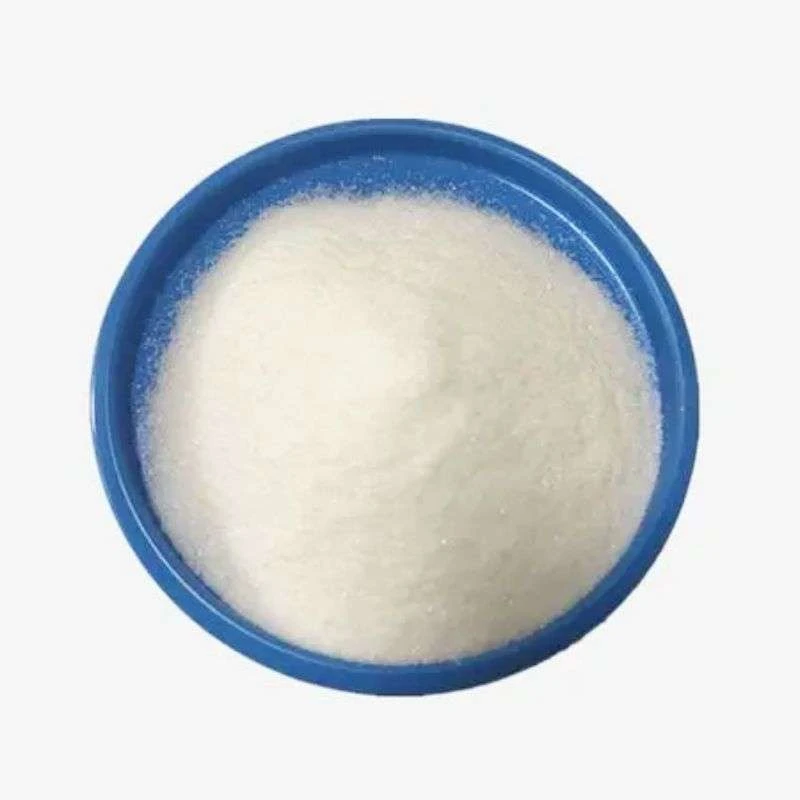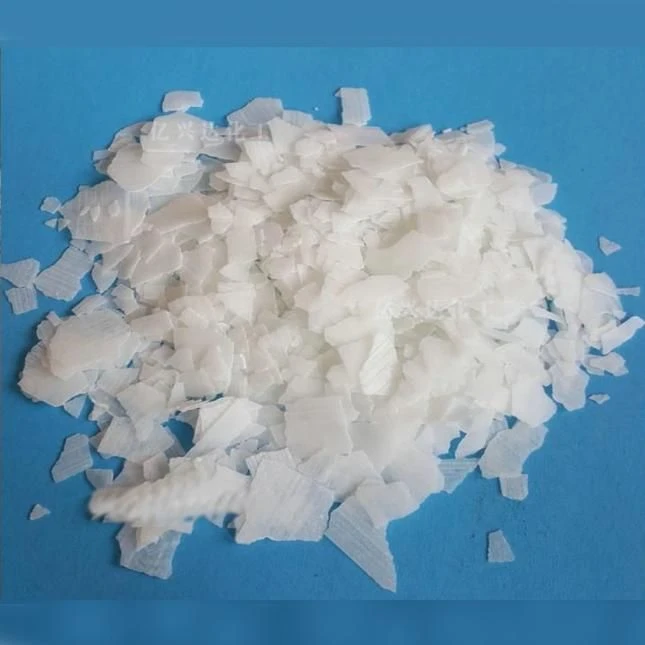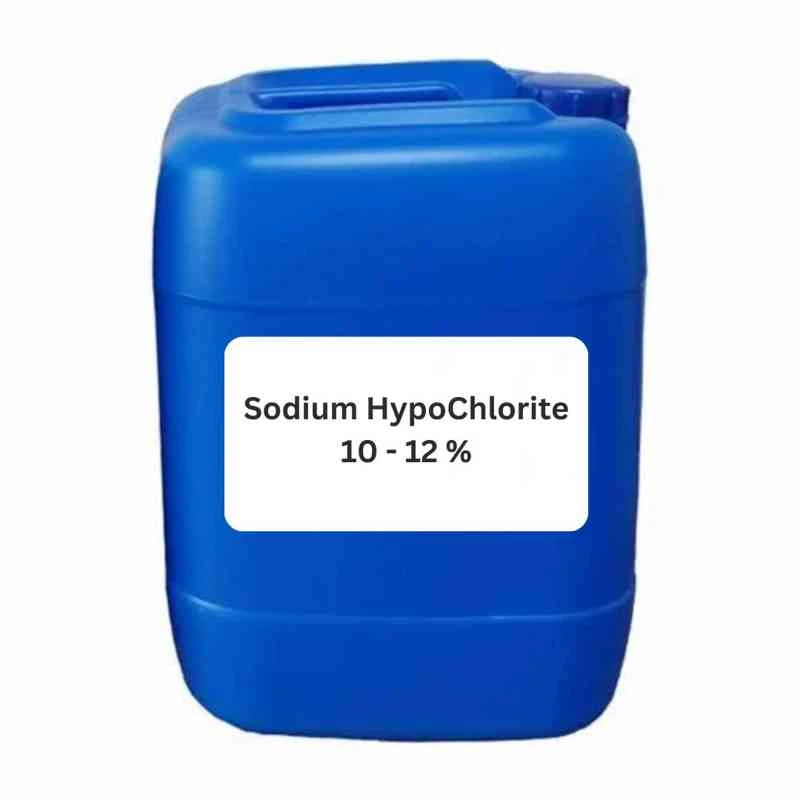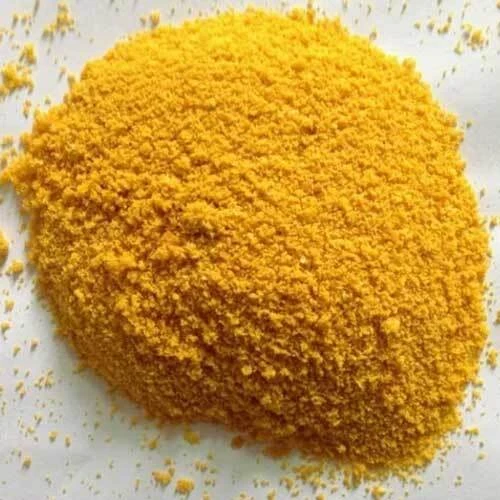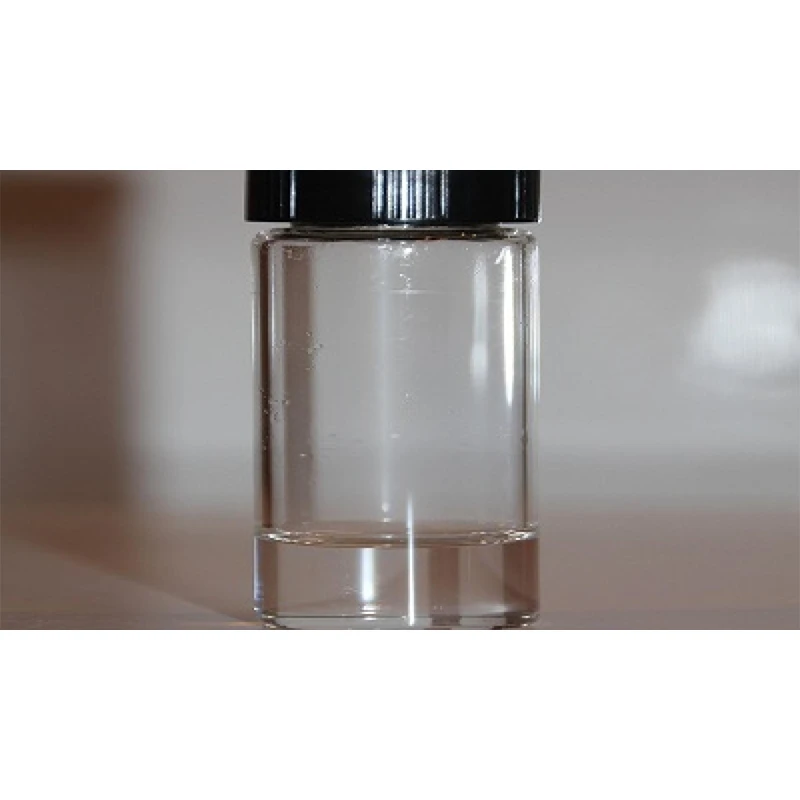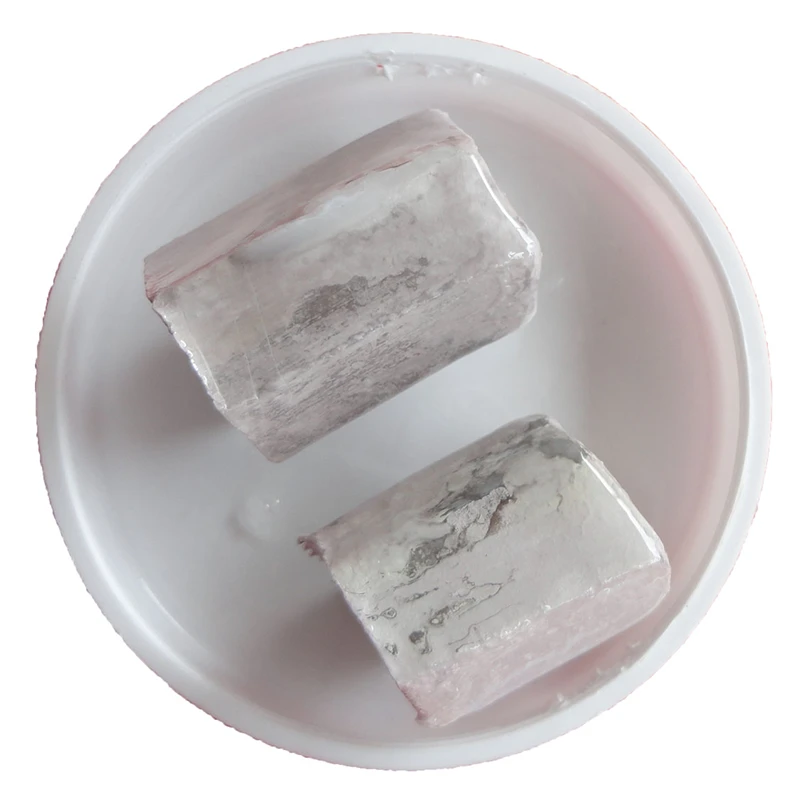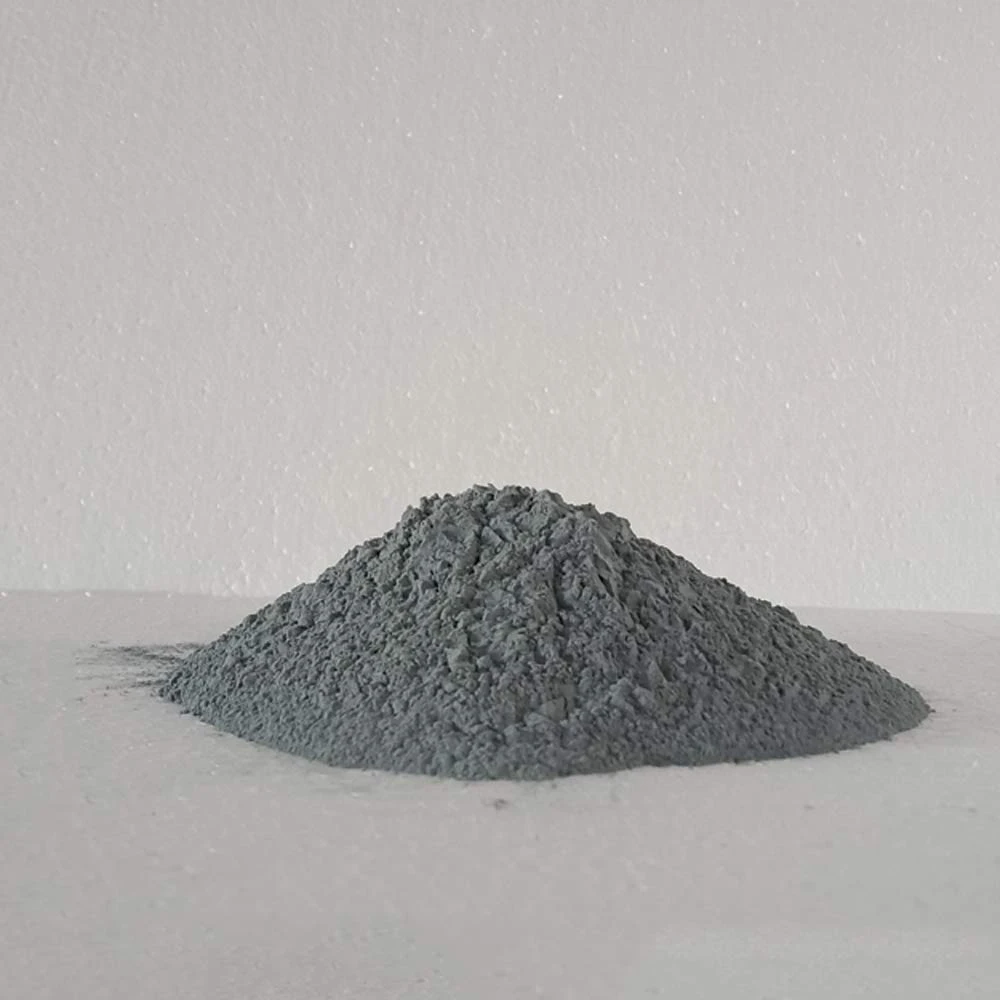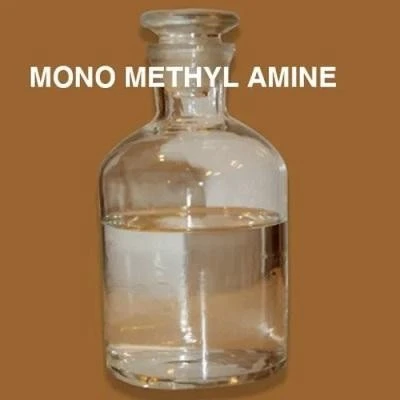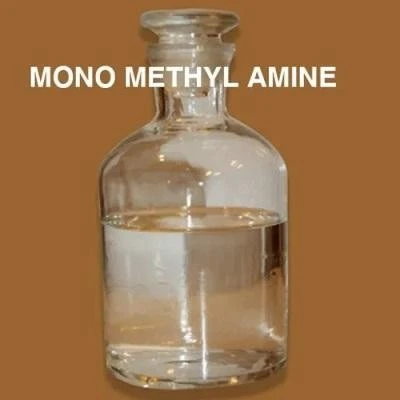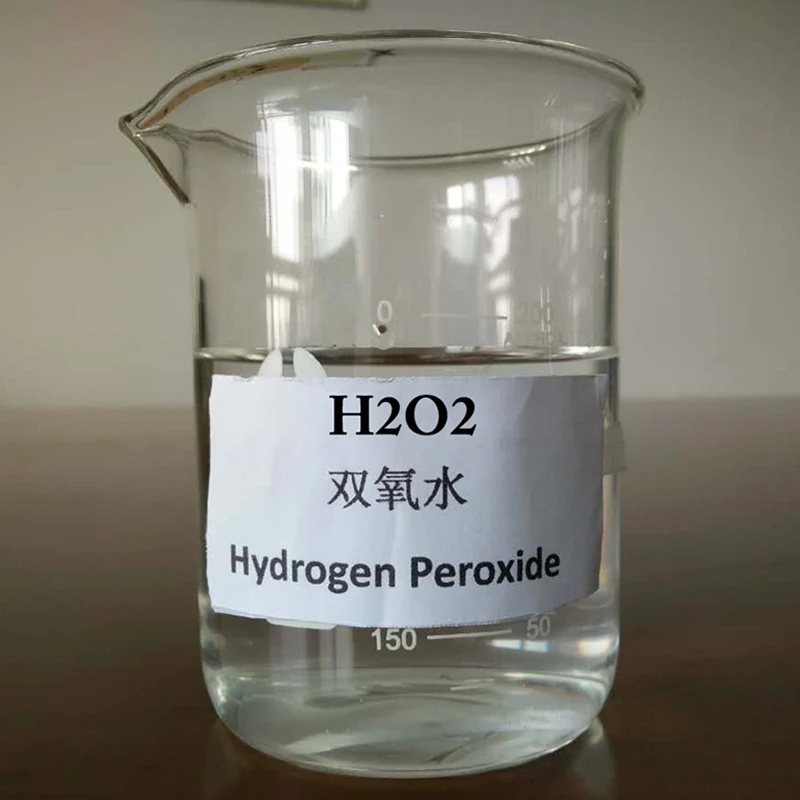


Phosphorus Pentasulfide: a special material that combines moisture absorption and basic chemical value
In the field of inorganic chemical materials, Phosphorus Pentasulfide occupies an important position due to its unique chemical properties and wide application potential. As an inorganic compound with strong hygroscopicity, it not only plays a key role in basic chemical reactions, but also becomes an important raw material in multiple industrial fields due to its material properties.
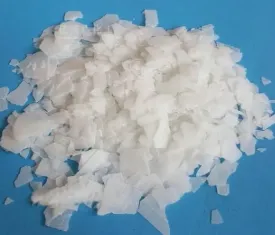
The chemical properties of Phosphorus Pentasulfide are distinct and unique
Diphosphorus pentasulfide has the chemical formula P ₂ S ₅ and is formed by covalent bonding of phosphorus and sulfur elements. It appears as a light yellow to yellow green crystalline state at room temperature. The most prominent feature of this compound is its strong hygroscopicity. When exposed to air, it quickly absorbs moisture and undergoes chemical reactions to produce phosphoric acid and hydrogen sulfide. This characteristic requires strict moisture-proof measures during storage and use. At the same time, it has high chemical activity and can react with various organic and inorganic substances, making it an important intermediate for synthesizing various sulfur-containing compounds.
From the perspective of physical properties, Phosphorus Pentasulfide exhibits a unique state of matter
Pentasulfide has a melting point of approximately 286 ℃ and a boiling point of 513 ℃. It has a certain stability at room temperature, but may decompose and release toxic gases when subjected to high temperatures or severe impacts. Phosphorus Pentasulfide in its solid state has a brittle texture and is easily ground into powder. Its powdery form allows it to come into contact with other substances and react more quickly in chemical reactions. In addition, it is insoluble in water but soluble in organic solvents such as carbon disulfide and benzene, which provides convenience for its application in organic synthesis.
The preparation method of Phosphorus Pentasulfide is mainly based on the direct chemical reaction between phosphorus and sulfur
In industrial production, yellow phosphorus is usually mixed with sulfur in a specific ratio and heated to the reaction temperature under inert gas protection. By controlling the reaction time and temperature, the two are fully reacted to form pentassulfeto de fósforo. Strict control of raw material purity and reaction conditions is required during the reaction process to ensure the purity and stability of the product, and to avoid adverse effects of impurities on subsequent applications.
In the application field, the value of Phosphorus Pentasulfide is fully reflected
In pesticide synthesis, usos do pentassulfeto de fósforo are important raw materials for preparing organic phosphorus pesticides. The sulfur-containing compounds generated by reacting with alcohols and other substances can effectively prevent and control crop diseases and pests. In lubricant production, sulfides synthesized from it can significantly improve the extreme pressure performance and wear resistance of lubricants. In addition, it is also used to prepare flotation agents, mineral processing agents, etc., playing a role in mineral resource development, and is also a key material for synthesizing certain pharmaceutical intermediates.
In summary, Phosphorus Pentasulfide, as an inorganic compound with strong hygroscopicity, has demonstrated significant basic chemical value due to its unique chemical properties, special physical properties, mature preparation methods, and wide range of applications. Its application in fields such as chemical engineering, agriculture, and materials not only reflects its practicality as a basic raw material, but also provides important support for the development of related industries. It is an indispensable member of inorganic chemical materials.
Phosphorus Pentasulfide FAQs
What are the main uses of Phosphorus Pentasulfide in the chemical industry?
Phosphorus Pentasulfide is an important inorganic compound widely used in chemical production. It often participates in organic synthesis reactions as a sulfurizing agent, especially playing a crucial role in the preparation of sulfur-containing organic compounds. This substance can react with alcohols to form thiophosphates, which have important value in fields such as pesticides and lubricant additives. In the rubber industry, Phosphorus Pentasulfide can be used to promote the vulcanization process of rubber and improve the performance of rubber products.
Why does the storage of Phosphorus Pentasulfide require special attention to moisture prevention?
Phosphorus Pentasulfide has strong hygroscopicity and quickly reacts with water when exposed to humid air, producing corrosive substances such as hydrogen sulfide and phosphoric acid. This reaction not only leads to product deterioration and failure, but may also produce toxic gases, posing a threat to personnel and the environment. Therefore, sealed containers must be used for storage and placed in a dry and ventilated environment. Industrial grade storage usually requires inert gas protection, while laboratory use is recommended to be stored together with desiccants.
What are the characteristics of the crystal structure of Phosphorus Pentasulfide?
Phosphorus Pentasulfide exists in the molecular form of P4S10, and its crystal structure presents a typical cage like molecular configuration. Four phosphorus atoms form a tetrahedral skeleton, and each phosphorus atom forms a covalent bond with a sulfur atom. This unique structure allows it to maintain molecular integrity in its molten state, and only begins to decompose above 800 ℃. The crystal belongs to the monoclinic crystal system, and molecules are bound together through van der Waals forces, which result in weak interactions that make it prone to sublimation.
What safety measures should be taken when dealing with Phosphorus Pentasulfide?
Personal protective equipment such as gas masks, chemical protective gloves, and goggles must be equipped when operating Phosphorus Pentasulfide. The work area should be equipped with hydrogen sulfide detection alarm devices and ensure good ventilation conditions. Once a leak occurs, it should be covered with dry sand and collected. It is strictly prohibited to rinse with water. After contact with the skin, immediately wipe with vegetable oil and rinse with plenty of water. Due to the production of toxic sulfur dioxide and phosphorus pentoxide during combustion, dry powder fire extinguishing agents must be used during firefighting.
What is the specific application mechanism of Phosphorus Pentasulfide in pesticide synthesis?
In the field of pesticide synthesis, Phosphorus Pentasulfide is mainly used as a key intermediate for the synthesis of raw materials. The active sulfur atoms in its molecule can efficiently replace the hydroxyl or carboxyl oxygen atoms of alcohols, forming a thiophosphate structure. This type of structure is the active core of various organophosphorus insecticides, such as famous pesticide varieties like parathion and malathion. The reaction is usually carried out in an inert solvent, and different substitution modes of products can be obtained by controlling the temperature and feed ratio. This conversion not only enhances the efficacy of the drug, but also improves the lipid solubility and permeability of the compound.
-
Zinc Chloride: a reliable stabilizer for ice dye color salts in the dye industryNotíciasAug.11,2025
-
Propargyl Alcohol: A Multifunctional Chemical Additive in the Industrial FieldNotíciasAug.11,2025
-
Natural Pesticides: The Environmental Choice for Green Prevention and ControlNotíciasAug.11,2025
-
Grass Pesticide: the invisible guardian of green lawnsNotíciasAug.11,2025
-
Dimethyl Sulfoxide: Key Assistance in Sample Management and Drug ScreeningNotíciasAug.11,2025
-
Uncover the Benefits of Sodium ChlorateNotíciasJun.24,2025
-
Sodium for Sale: Your Essential ResourceNotíciasJun.24,2025
